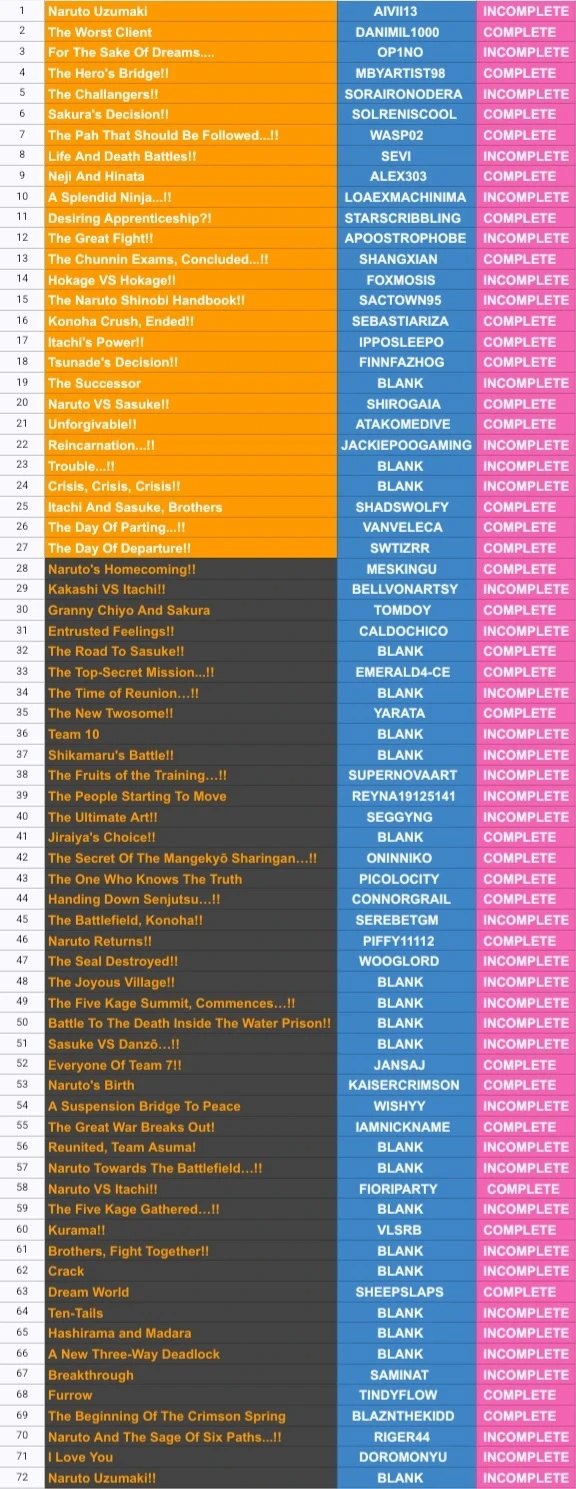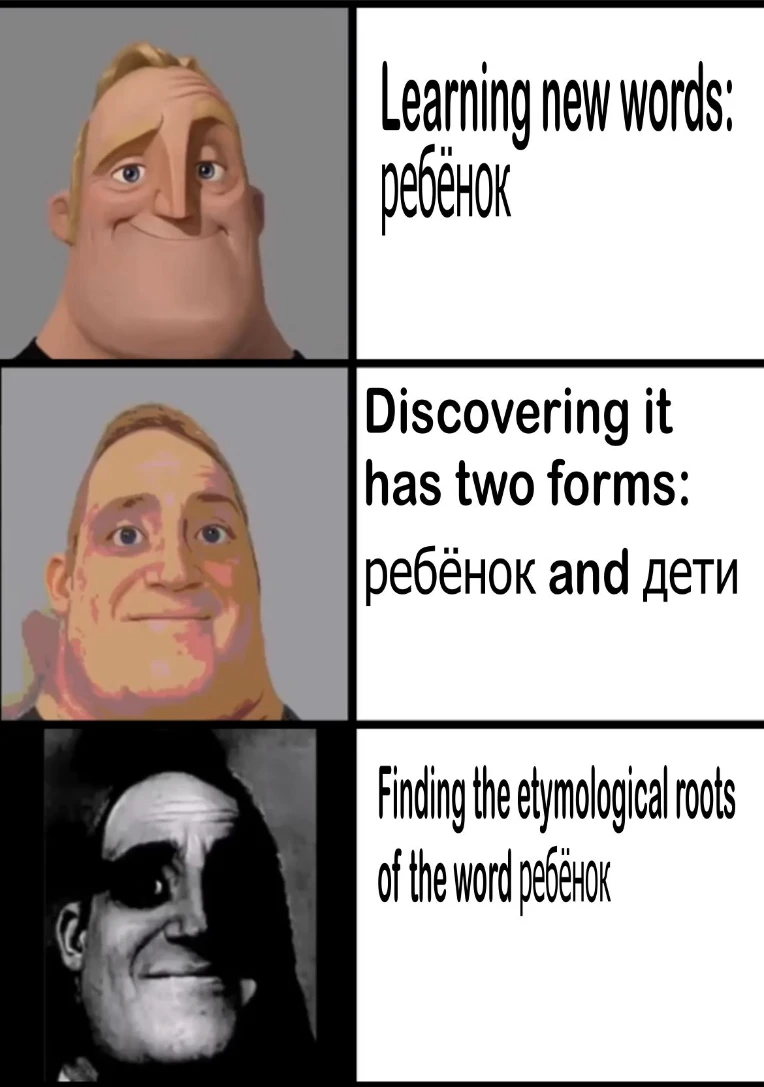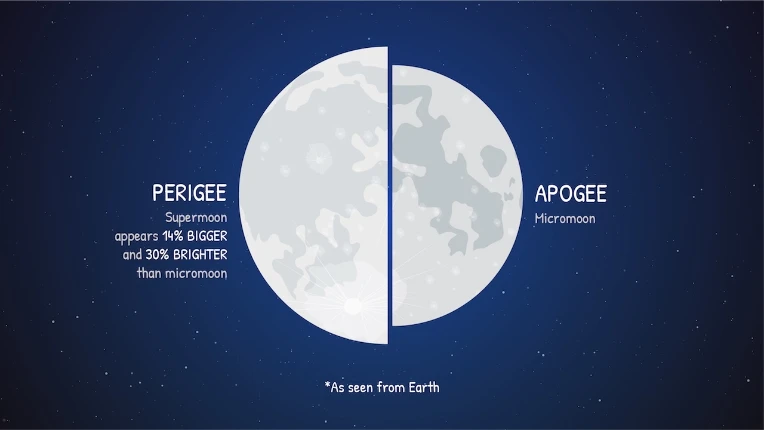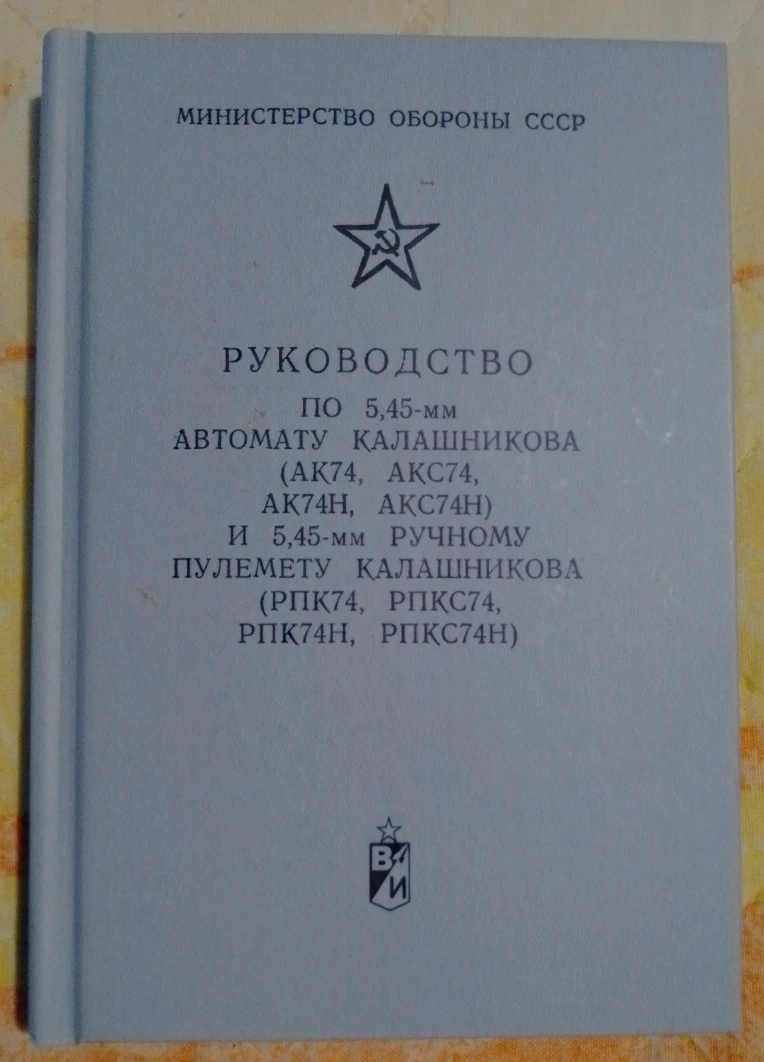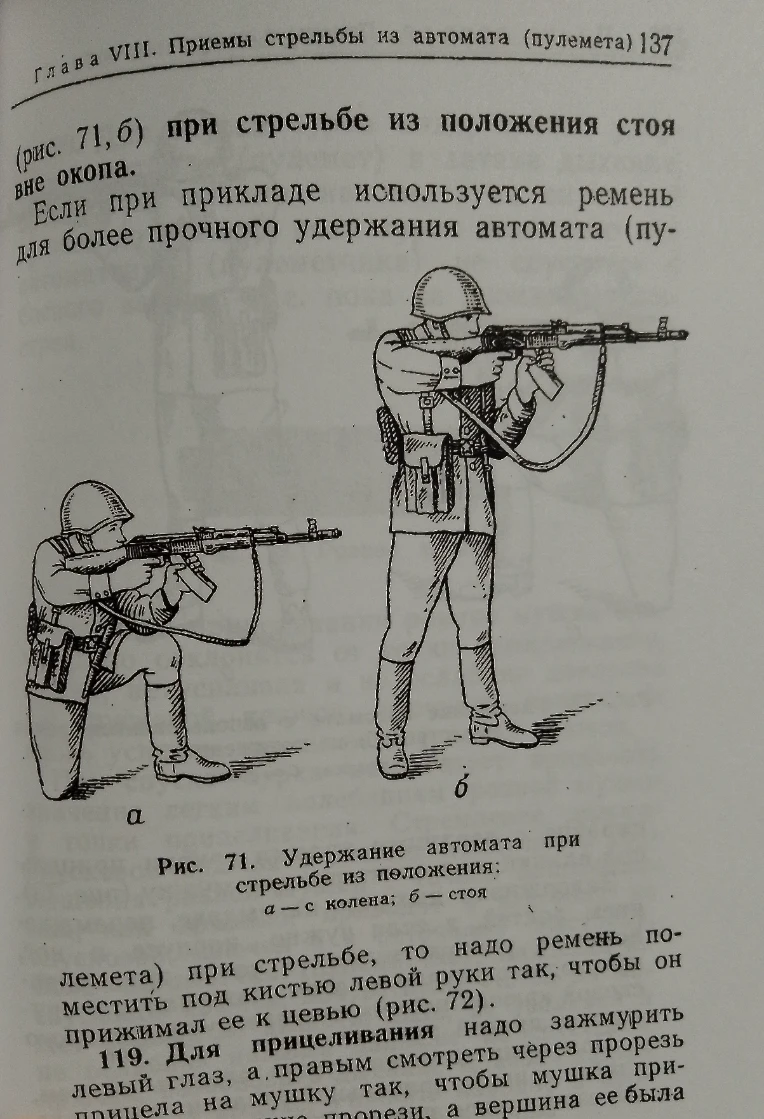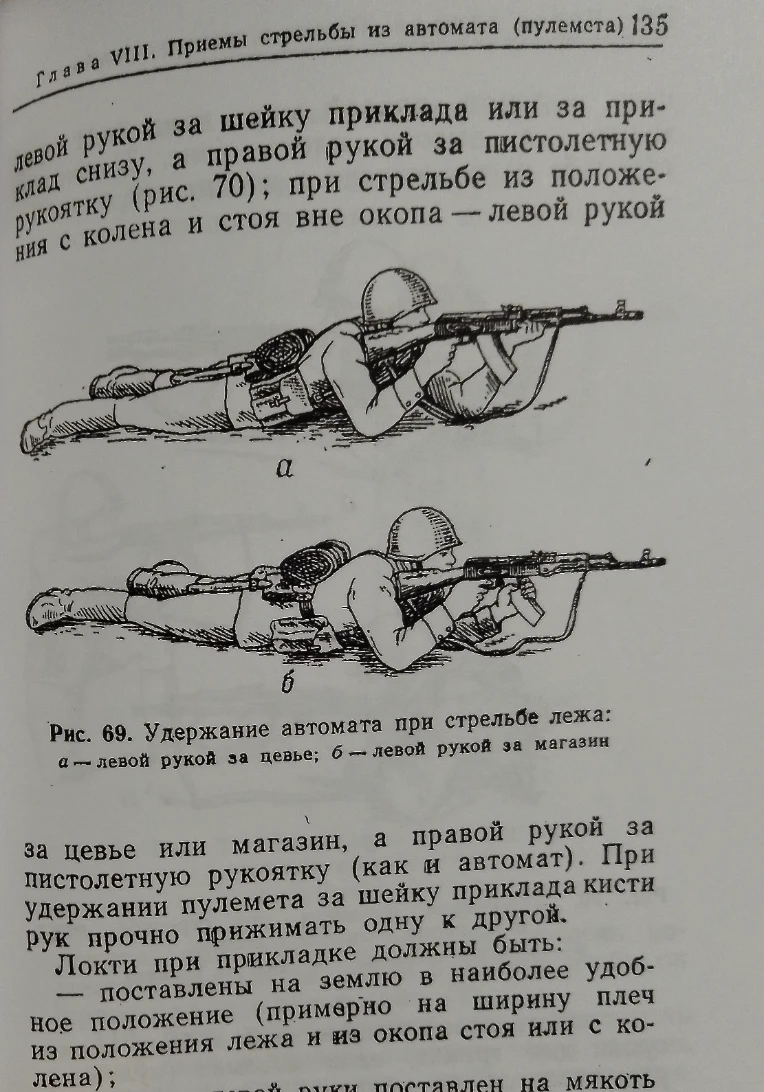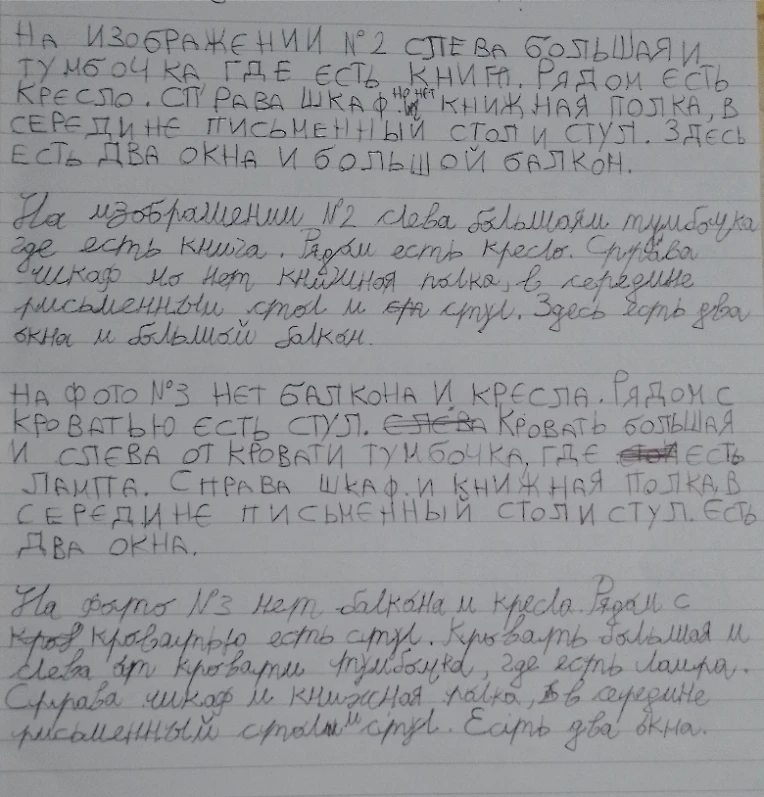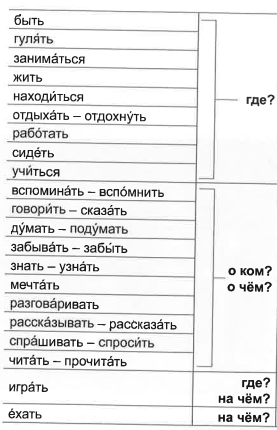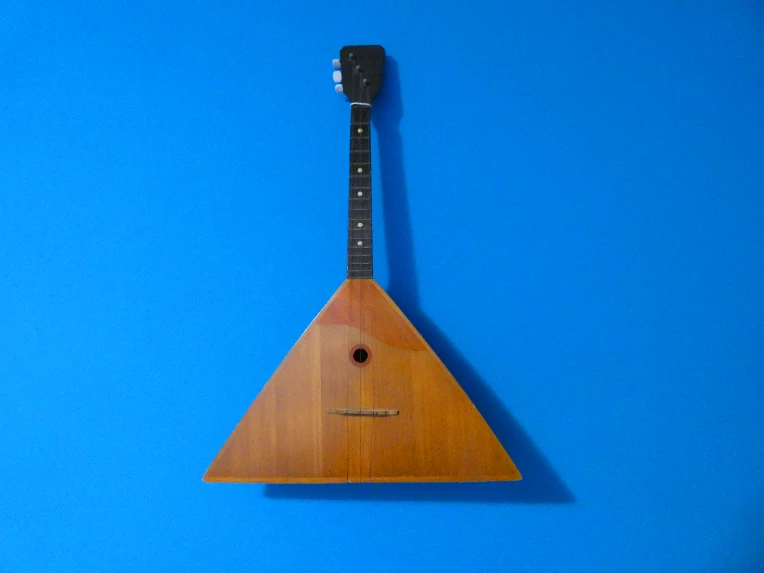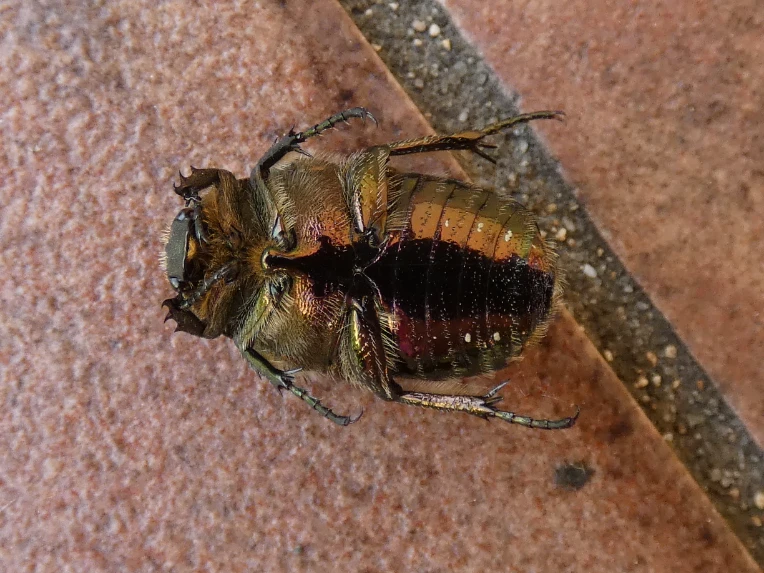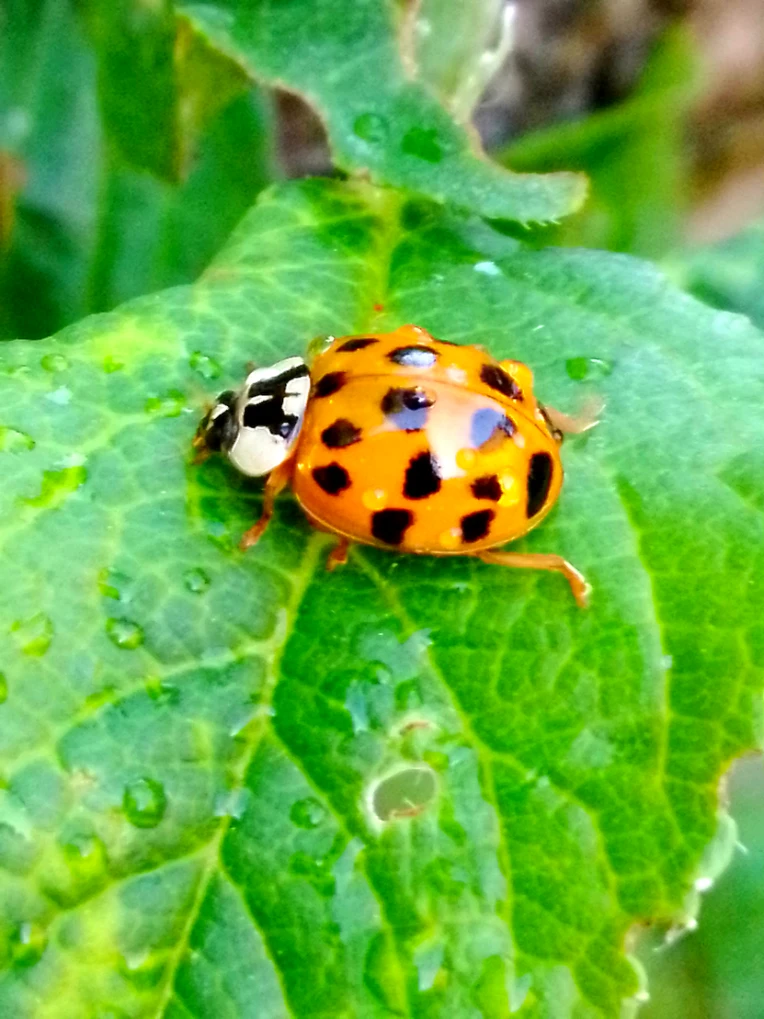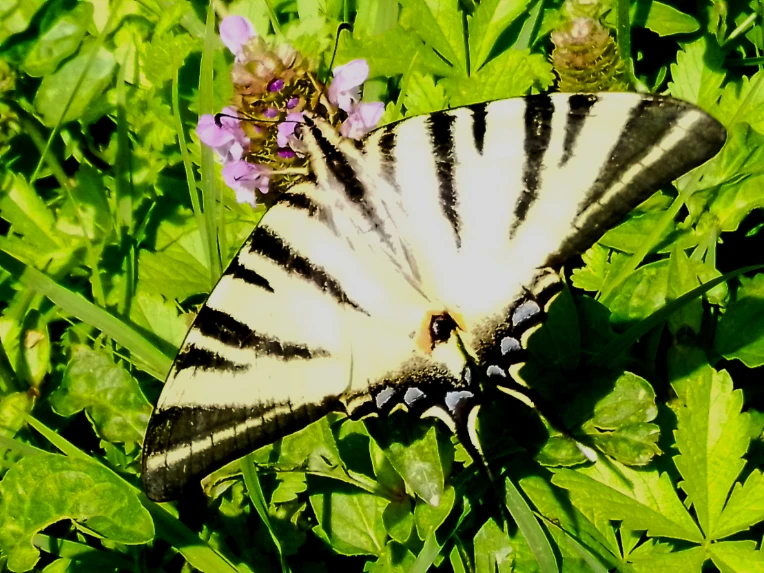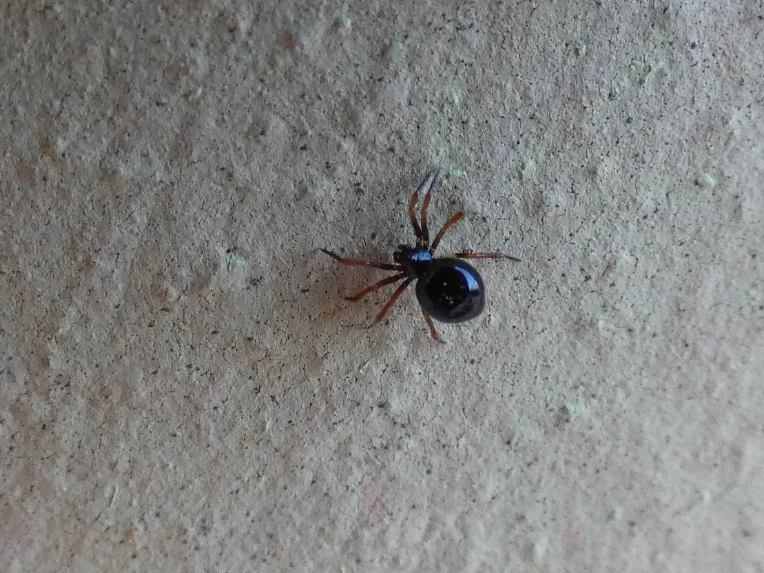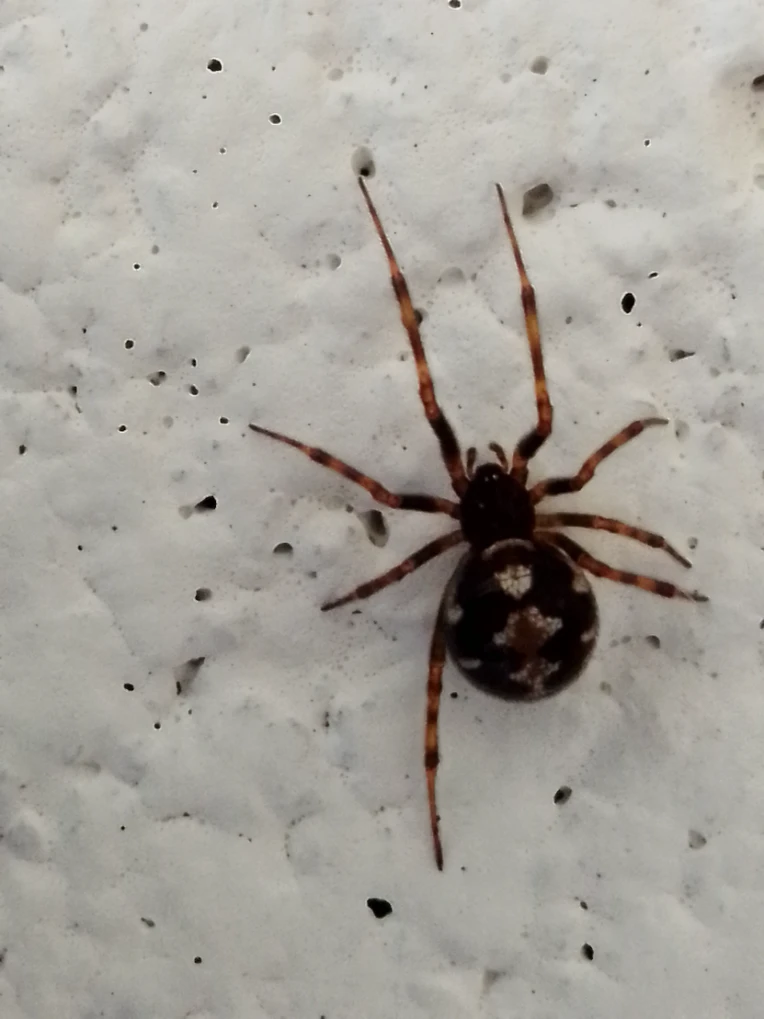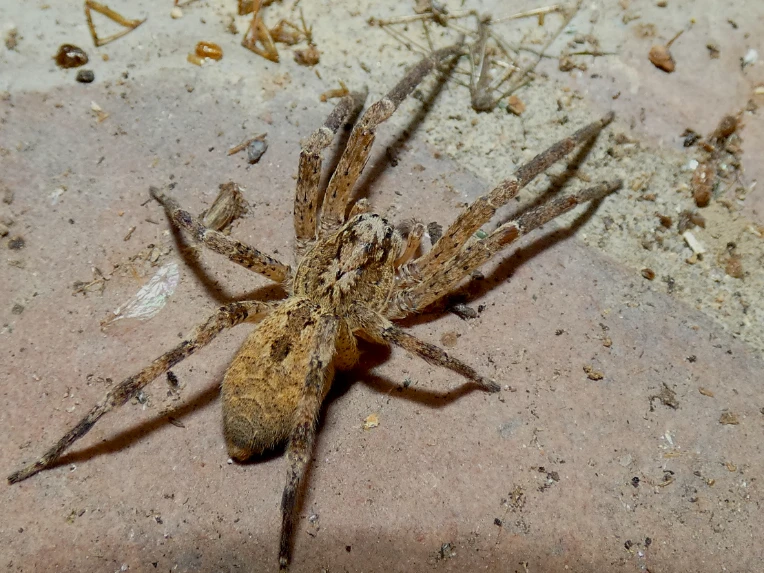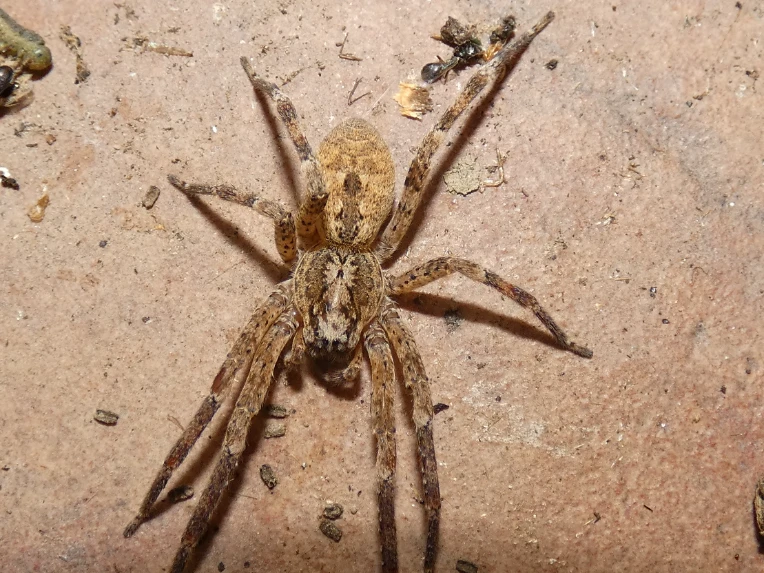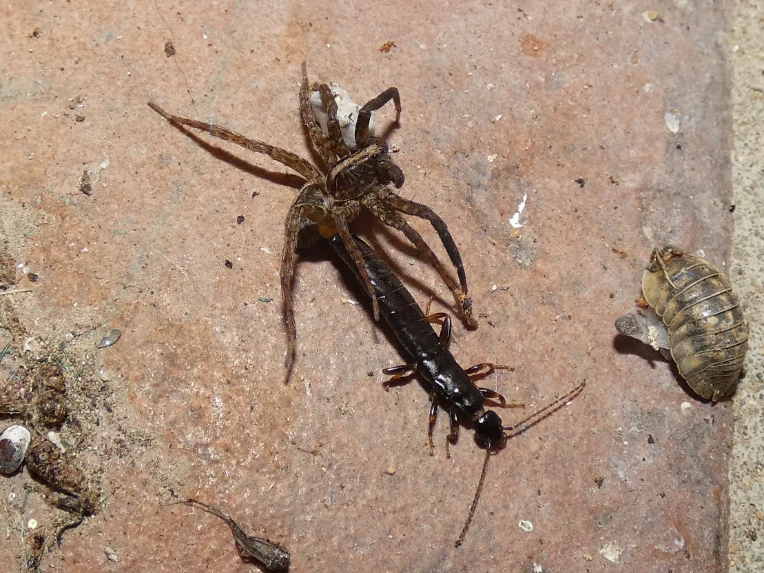Hello everyone and serene holiday month to all people who follow me or simply stumbled across this journal. This journal will be a bit different from the rest I tend to write because it's a very personal journal about my adventure in this site after an entire year. Yes, that's it! Today is the first anniversary I decided to create an account here after DA screwed everything up with AI.
Hahahahaha, I still remember the first blog I posted here:
https://shangxian.newgrounds.com/news/4
I had yet to discover the site and its full potential as user-generated content website, in that journal I felt like a toddler who took their first steps in a world that would soon unfold before them. Many thoughts changed from the first time I wrote that journal because I originally planned to post stuff from FA (I went to that site as DA alternative due to their stance against AI but the site never truly appealed me despite the cool people I met there) and stuff only for NG in order to have a varied art gallery across the profiles. And this is well shown in the first artwork I posted since it's still in my FA page (I have yet to migrate photos and save some descriptions before I delete that account):
It's still one of my favourite piece I made there since it was inspired by a video I watched on YT and you can see it from the link posted in the description. 2023 wasn't a particularly fruitful year in artistic terms because I had joined the site practically at the end of the year, end of the year characterized by a hacker attack which I was unaware of (I will discover it months later) plus I was inactive for a good chunk of December month. Demonic Wolf was the last drawing of December, made ten days after the creation of my account.
The first drawing of 2024 is this:
Another drawing I posted on FA featuring one of major bird species I photographed in 2023 when my passion for photography arose thanks to a dear University friend, named Drugo from друг which means "friend" in Russian (it's not his real name ofc, it's how my friends and I nickname him^^), thank you and stay awesome, dear Friend!
Besides this my very first milestone on Newgrounds was this small and simple pixel art I drew from the Pixel Day:
this work was inspired by this amazing pixel artwork:
Why milestone? Because it was the work that had me scouted and gave me the very first Frontpage. I will never forget the joy of seeing it frontpaged even thought I had yet to fully grasp this concept, hence I spent lots of time reading guides like these ones to better understand it:
https://ornery.newgrounds.com/news/post/388624
https://www.newgrounds.com/bbs/topic/1418778
https://lost-psyren.newgrounds.com/news/post/1461364
Ofc scouting is not everything, and I don't live for it. I live to improve my art and enjoy my stay here. I acknowledge that scouting is a good positive reinforcement tool to stimulate artists in general though, the important thing is to not become obsessive about it as I saw some people thinking only about it with the risk of sacrificing fun and confrontation with others.
With the Valentine's Day Art Collab:
my journey in this site started to take a different turn in terms of things I wanted to post because I focused more on this site and less on FA even though I still posted consistently there too but February was also the month second semester started and so my activity here dropped drastically because I had to focus on 5-6 exams in a row. I couldn't even participate in Pico Day, I hope to be able to enjoy it the next year.
Only now I realize that this piece marks the beginning of my new activity on the site:
That was first time I drew a celebrative piece for a personal accomplishment I achieved but I felt necessity to fully and finally channel what I experienced in those last summer months. Those months were an emotional roller coaster in terms of stress both with exams and real life problems of my parents. On July 11th I took the exam in German literature 3 completely in German, which went very well but my fears, anxieties and panic, generated by frustrations from past years, complicated things. I had to deal with strong anxiety attacks and even a panic attack which I controlled by focusing on breathing and mental visualization (a raven/crow feather and that's the feather you see in the composition which symbolizes my control over those fears). My mother greatly helped me a lot to find a strategy to better optimize the study and my University friends emotionally supported me, so I deeply thank you all for guiding me through this journey that felt like a Bildungsroman. You are the best!
I still want to thank the teacher who showed to be very understanding of my situation and didn't put me pressure when I spoke a language I still have to master but I love to death. Seriously I find German a beautiful language, highly poetic and intriguing that demands a lot but at the same time gives you a lot. I strongly suggest it as first fusional language since its case system is a lot easier compared to other fusional languages like Icelandic, Norwegian or Slavic languages.
The black canid-like figure represents my anxieties and fears that tried to jeopardize my exam but failed because I managed to recognize I have them but at the same time I didn't listen to them and their imaginary failure scenarios. Breathing exercises helped me to subside and eventually calm down the panic attack. The past tried to attack me but this time I didn't let it define who I am. I just accepted that I have these guys inside me and I know they will return in future in different contexts but at least now I know how to defend myself. Maybe in future I will develop further weapons to fend off them.
On NG this work was posted eight days after my exam while on FA it was posted the same day I took the exam as personal trophy^^
This work was a more personal emotional accomplishment:
because it was the first time in years I genuinely felt happy with my art, I was starting to love Newgrounds as source of inspiration and artistic growth. July-August were the months in which I joined several collabs and although I participated in collabs during my DeviantART years, NG was the first site where I actively participated in many of them, even at the same time. In August I discovered the Clock Day that gave me the second FP but what I really loved about August was The Great Homer Collab, the best collab of all collabs I took part for this year, here all the Homers I drew:
I don't want to repeat myself about how much I loved this collab, I suggest you to visit my last Homer to know more about my feelings about this event. Just know that if DioShiba wants to make future art collabs and I have spare time, I will participate again because the level of inspiration and creativity it gave me this experience will always make me cherish this collab. I just want to add that I think collabs, regardless of their nature (art, game, movie, etc.) should be like the Homer Collab: a place to have fun, get inspired, create and meet new people^^
September was the month in which I participated to some art contest like Madness Day and Brazilian Art Contest. I had fun at creating something different from what others tended to do, don't get me wrong everyone did an amazing job and showed clear superior technique to mine but I wanted to focus on more cultural aspects of Brazil, you can read about' em here:
Other cool collabs happened like the Black and Orange Collab, the Mexican Independence Day Art Collab, the Newgrounds Original Characters Cards Collab, the Ugly Cat Collab, the Halloween Collab, the OC's By Night Collab, the Alien Collab and the lovely and adorable STG 2024 NG Halloween Collab (I liked the idea of making something calm and family-friendly that would act as counterpart of the more eerie and creepy entry for the OC's By Night Collab).
Right now I am also participating in Pico-Cross Collab and Tankmas ADVENTure (my drawing will appear on December 25th), in the meantime I am enjoying playing the game:
and I took some screenshots, notably when I could see a wild Tom Fulp appearing during the first day the game was launched:
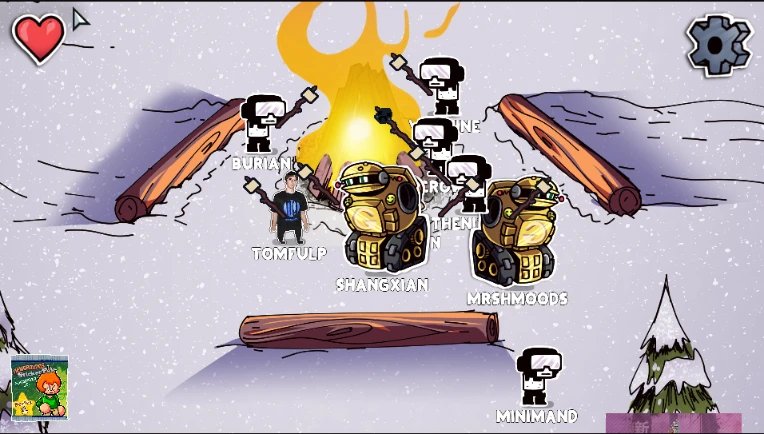
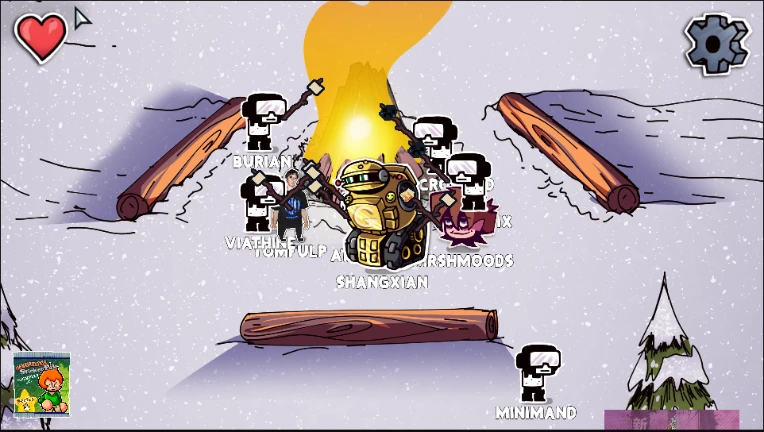
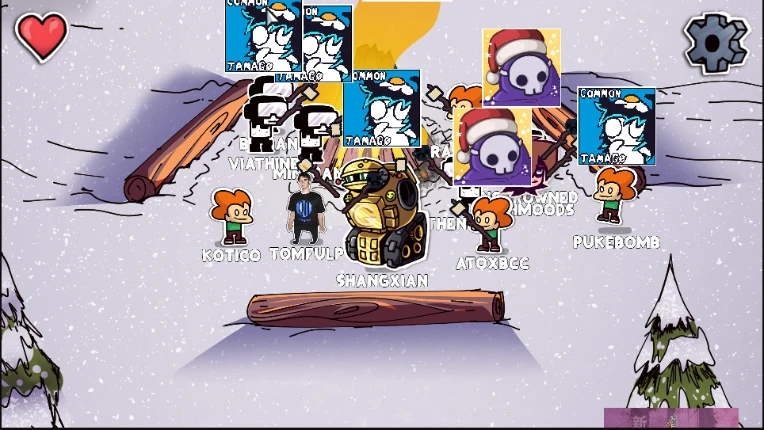
The last one is pretty funny to me because it looks like Tom offered me a burnt marshmallow XD, this might even gave me the idea of drawing something related to this funny pic.
Today I could also meet another user I see across people's blogs and I like reading his supportive words to help new users explore and use the site better, I am referring to @Gekkotsuki:
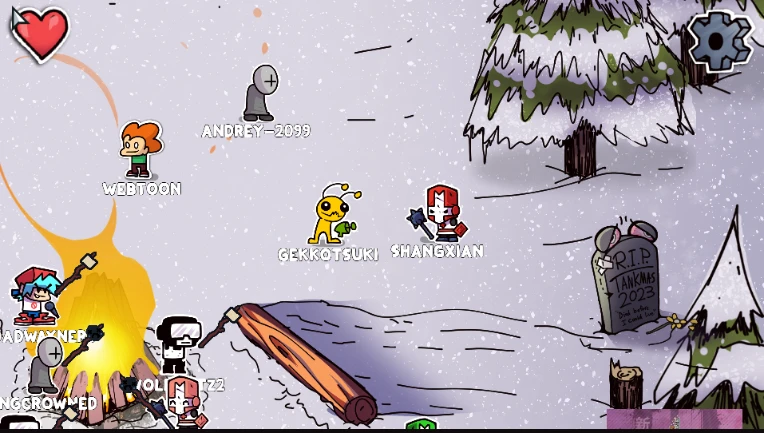
He, @Tyhond, @Aalasteir (again thank you for the support you gave me!) and @Yatsufusa are probably the best persons I ever met here on NG in terms of emotional support, help in general and depth of comments across NG, notably Yatsufusa in forum threads (I spend lots of time reading their comments and I love how deep, well thought they are; a true gem for this website) and people' blogs. The ending part of this comment they left under a user's journal deeply touched me as artist:

I will always cherish this comment, I find it the most positive thing I ever read on Internet in these last months. Thank you from the bottom of my heart!
I also met other cool and fantastic people like PLJerry, Simoes1000, ElRandomGMD, Charlie57913 (thank you so much for the BBS Awards 2024 nomination^^ I think other people deserve that nomination like Yatsufusa, Gekkotsuki and Tyhond but it made me surprised and happy nonetheless, so again thank you!), SkilledFella, SchockAbe, DioShiba and many, many others that made my experience here joyful and full of happiness! Thank you too! May your dreams come true and stay always awesome!
And once I'm done with collabs (I have another to start for December 13th and December 31st) I will start the first part of the Six Fanart Challenge since I haven't forgotten some people suggested me some cool and unknown characters to me.
I also noticed that initially my journals were a lot more random but starting from the first photography journal, which is part of the Shutter-bug Chronicles journal series where I share my photos, things started to shape in a way I want for my journals: sharing my passions, limited knowledge and funny stuff.
Here the first photography journals:
https://shangxian.newgrounds.com/news/post/1475580
https://shangxian.newgrounds.com/news/post/1482125
(tw: spiders) https://shangxian.newgrounds.com/news/post/1482447
https://shangxian.newgrounds.com/news/post/1488876
And I also started other two series, the Promoting and Supporting series where I try with my small influence to promote things or people deserving to be discovered:
Promoting and Supporting: Astro Collab
Promoting and Supporting: Naruto 25th Anniversary Collab
and the Russian Diaries where in a funny and non-sensical way I talk to the Russian language as if it were a person in order to analyze my relationship with the language in a similar way I did for University when I started with English. The teacher suggested us to write down a diary where we recorded our improvement and interaction with English language. I liked the idea so much that I wanted to apply to Russian, so here the first diaries:
Russian language, here I come!
After I'm done with collabs for a while I want to focus on the Six Fanart Challenge, as I mentioned before, and on two sketches I plan to gradually start, the Sardinian and Kyrgyz sketches. Art is also a tool to share what I know with others, I always did and I will always do because I want to enrich my creations and not limit myself to just draw stuff. I want to give them life and meaning. In future I would like to draw even more symbolic pieces, I still have in my mind an alchemist-like piece I had in mind while reading some grimoires during October back in 2017.
I don't know what the future holds but I hope next year will be as amazing as this one in terms of interactions, art and inspiration. This website was the best thing ever happened to me in ages when it comes to Internet and I must thank Tom Fulp for making all of this possible since 1995 along with staff who helped this site to become one of the pillars of Internet culture, thank you for existing, Tom! Never change and stay awesome, guys!
Well, if you have reached the end of this loooooooooooooooooooooooooong and boring journal, thank you from the bottom of my heart! I hope you enjoyed reading the personal experience of this crazy user who decided to be part of this big family called Newgrounds, because in less than a year I already feel part of this community^^
I will leave you with this beautiful musical piece made by syphonmax
See you next time with another Russian diary, bye!

